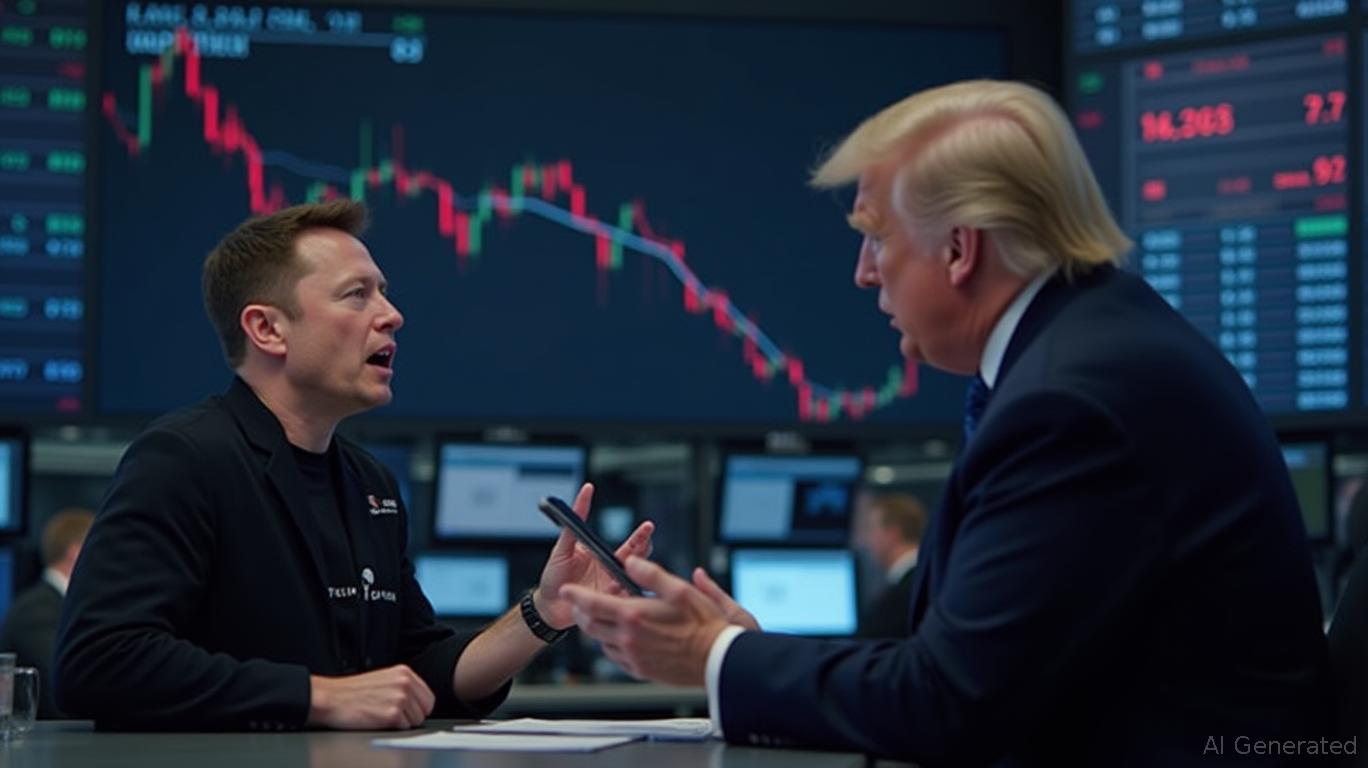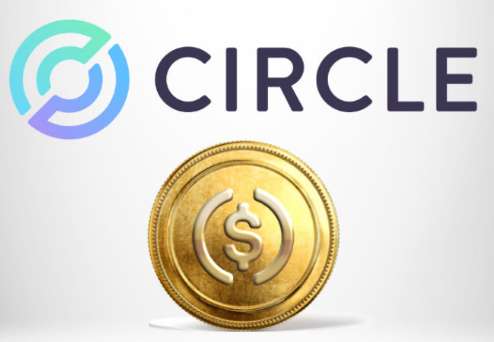Cathedra Bitcoin’s Fiscal Year Results: A Shift From Mining to Mastery
Cathedra Bitcoin’s latest financial results reveal a company in transition—one that has traded the volatility of direct bitcoin mining for the stability of data center infrastructure. In its fiscal year 2024 report, the company outlined a 55% revenue surge, a dramatic rise in equity, and a strategic pivot that may position it as a leader in the evolving cryptocurrency ecosystem. Yet, beneath the headline numbers lie complexities, from accounting restatements to lingering risks in a still-tumultuous market. Here’s what investors need to know.

The Numbers Tell a Story of Transformation
Cathedra’s full-year revenue hit C$23.1 million, a striking jump from C$14.9 million in 2023. Shareholders’ equity swelled to C$28.3 million, a 1,134% increase, reflecting not just growth but a shrewd restructuring. The company’s decision to prepay C$4.6 million of convertible debentures at a 20% discount and secure a US$2.5 million bitcoin-backed loan underscored a focus on liquidity. Yet, the real shift lies in its operations.
Ask Aime: "Is Cathedra's 55% revenue surge a sign of future success in the cryptocurrency market?"
After merging with Kungsleden, Inc., Cathedra abandoned its reliance on volatile bitcoin mining and pivoted to building and operating data centers for third-party miners. This move added 45MW of mining capacity and secured profit-sharing agreements, stabilizing revenue streams. As of April 2025, the company held 53.2 bitcoin, valued at approximately C$7 million, and retained C$0.2 million in cash—a modest cash balance but one bolstered by its bitcoin holdings, which now account for 6 satoshis per share.
Ask Aime: What should I do with my Cathedra Bitcoin investment now that it’s shifted its focus to data centers?
The Accounting Hurdles—and Why They Matter (or Don’t)
The company’s press release included a critical caveat: it had to restate its Q3-2024 filings due to accounting errors inherited from Kungsleden. The missteps included miscalculating the North Dakota joint venture’s classification, lease liabilities, and tax balances. While the restatements totaled millions, Cathedra emphasized that operations, cash position, and cash flows were unaffected.
Management blamed the errors on Kungsleden’s historical financials, not its own processes. This distinction is crucial: it suggests the issues were legacy, not systemic. Still, investors should note that restatements often invite scrutiny, even if they don’t impact cash. Cathedra’s ability to separate itself from Kungsleden’s past will be key to rebuilding trust.
The Strategic Bet: Data Centers and Bitcoin’s Future
CEO Antonin Scalia framed the pivot to data centers as a response to two trends: the rise of AI-driven compute demand and institutional adoption of bitcoin. Cathedra now operates 30MW of data center capacity in Tennessee and Kentucky, with plans to expand. Its mining fleet generates ~400 PH/s of hash rate, a metric critical to maintaining bitcoin’s security—and its own stake in the network.
The company’s focus on bitcoin ownership is equally telling. While its holdings are modest relative to peers like MicroStrategy, Cathedra’s 6 satoshis per share align with a strategy of gradual accumulation through operational profits rather than aggressive purchases. This approach may appeal to investors seeking a balance between capital preservation and growth.
Risks and Realities
Cathedra’s path is far from risk-free. Regulatory uncertainty looms large, particularly in the U.S., where crypto regulations remain in flux. The company also faces execution risks: delays in data center expansions or a sudden drop in bitcoin’s price could strain its cash position. Additionally, its reliance on third-party miners introduces counterparty risk.
Yet, Cathedra’s balance sheet offers some cushion. The US$2.5 million bitcoin-backed loan provides flexibility, and its prepayment of convertible debt reduces future interest burdens. The real test will be whether its data center model can deliver steady, predictable revenue—a stark contrast to the boom-and-bust cycles of direct mining.
Conclusion: A Company Reborn, but Not Without Flaws
Cathedra Bitcoin’s fiscal results highlight a company in the midst of reinvention. Its 55% revenue growth and 1,134% equity surge are impressive, but the true value lies in its strategic shift away from mining’s volatility. By focusing on data center infrastructure—a sector with long-term demand from AI and blockchain applications—Cathedra has positioned itself as a potential beneficiary of two megatrends.
However, the accounting restatements and reliance on a still-volatile bitcoin price are red flags. Investors should weigh Cathedra’s potential against its execution risks and regulatory hurdles. For those willing to take a calculated bet on bitcoin’s institutionalization and the growing need for specialized compute infrastructure, Cathedra’s 6 satoshis per share and 30MW of operational capacity may represent a compelling entry point. But as Scalia himself noted, the path forward hinges on “sustainable growth”—a goal that remains both aspirational and achievable.
In the end, Cathedra’s success will depend on whether its new strategy can outpace the old risks—and whether the markets it’s betting on continue to grow. For now, the numbers suggest it’s worth watching closely.






















